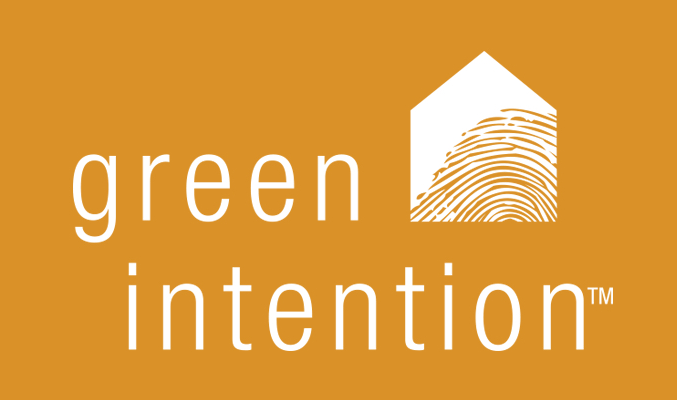Welcome to Season Two, which ties in with Spring Cleaning! In Season One, we looked at reducing energy and water consumption to save money on our utility bills and, indirectly, improve our health by helping to burn less fossil fuel. Energy and water efficiency are two fundamental components of sustainability.
But what does spring cleaning have to do with sustainability? I like to think of spring cleaning as a good time to breathe in the fresh air and let our homes air out after winter. So, while it may seem like a stretch, it really is about becoming more aware of the chemicals and toxins that are found in our homes. And, it is also about public health, because the products we use in our home also wind up in our waste stream – which has downstream affects on our water quality and air quality.
Wait….toxins in my home? That sounds scary! It is…I gave a talk on this very subject in 2013 to about 100 people, and by the end, I think many were in the “ignorance is bliss” camp and wish they hadn’t heard the panel of speakers spew off what was wrong with common, everyday household products!
So what is wrong with them? According to the Consumer Product Safety Commission, more than 150 chemicals found in ordinary household products are known to cause cancer, allergies, birth defects, and numerous physiological disorders. In a nutshell, synthetic chemicals found in household products, ranging from cleaners to pesticides to home furnishings to personal care products, contain toxins that are dangerous to our health. Period.
If you think about what affects our health, it’s certainly what we do with our body: what food we eat and what types of exercise we get. But three other components also have a big effect:
- The water we drink. Besides just for drinking water, we use water at home for soups, coffee, tea, bathing, etc. Our water sources can come from rivers or aquifers. Do you know where your water comes from and how clean it is? The first weekly tip focuses on this.
- The air we breathe. The EPA estimates that indoor air pollution is 3-5 times worse than outdoor air pollution. This is because contained spaces trap pollutants, and our homes are full of things that off-gas. The next 4 tips address toxins that might be found in the air we breathe, and how we can reduce or avoid exposure.
- The products that we touch and can be absorbed into our skin. Unlike our digestive systems, which have natural cleansing capabilities, our skin absorbs things directly into our bodies and organs. You’ll get five weeks of tips on the types of products to avoid and how to choose more wisely.
The healthy home topic is one of the most difficult to wrap our brains around, for two primary reasons:
- It is about our own health, and can often be tied directly to illnesses – which is scary by itself. Chronic exposure to chemicals may not be the primary cause of specific illnesses, but it can exasperate a condition. The problem is, we do not know for sure. Why are there so many unknowns with respect to chemicals and toxins that affect our health? Two reasons:
- Manufacturers of products (other than food) are not required reveal what ingredients are included in their products. So, they often don’t, leaving consumers in the dark about what they are buying. We think that if it’s bad for us, they wouldn’t make it, right? Wrong!
- Second, even if products were properly labeled, we do not fully understand the effects they have on our health. New chemicals are introduced at a rapid rate every year. It is estimated that only one in five of the 83,000 chemicals introduced since 1915 has been tested for adverse health effects. If you look at the labels of household products, many say they contain “known carcinogens,” but we do not know at what dose it will actually cause harm. And they can affect different people in different ways. Many are bioaccumulative – meaning that they build up in our bodies over time, resulting in illnesses that may be difficult or impossible to definitively pinpoint them as the cause.
- The other big problem in trying to educate people on this subject is the very topic itself: our homes, which are full of very personal choices and almost daily purchasing decisions. A lot of people do not want tackle this, because they do not want their personal choices evaluated or judged. So, if you are still reading, congratulations! You have made an important toward a more sustainable home.
It is challenging to figure out what products are safe and effective. What I have found, though, is that safe products can take care of at least 80% of the performance requirements. Really tough jobs may require some harsher chemicals – and that’s okay, as long as you are aware of the risks, use them sparingly, store them away from children, and dispose of them properly.
There are a multitude of books and reference guides out there that go into great detail on any one of the topics I plan to cover here, many of which are listed in the last tip (which always is to Learn More). I couldn’t possibly cover everything here in just one volume and in 12 weeks, but my goal is to bring you the most important aspects so you can prioritize your time. Hopefully, this Volume II of Sustainable Home will help simplify this important subject and make it manageable.
